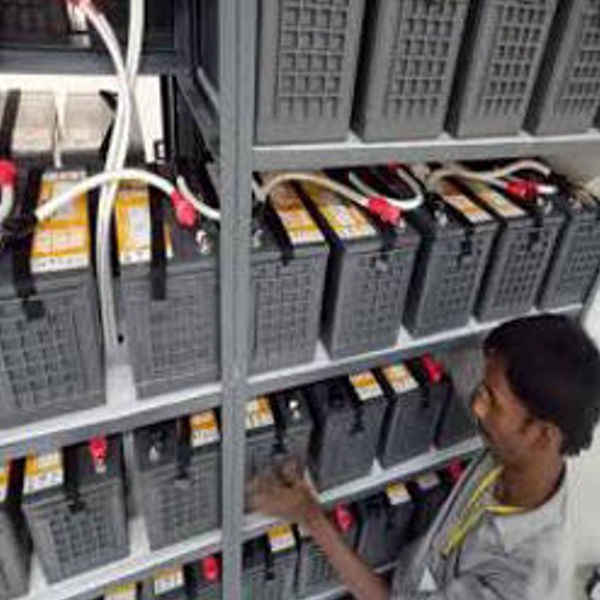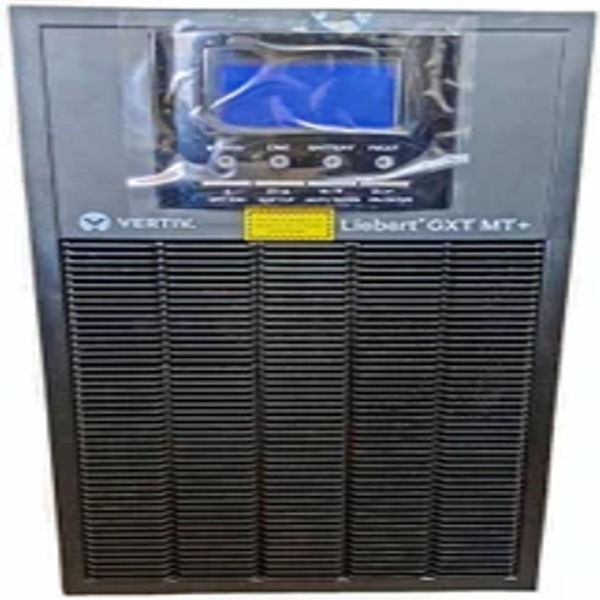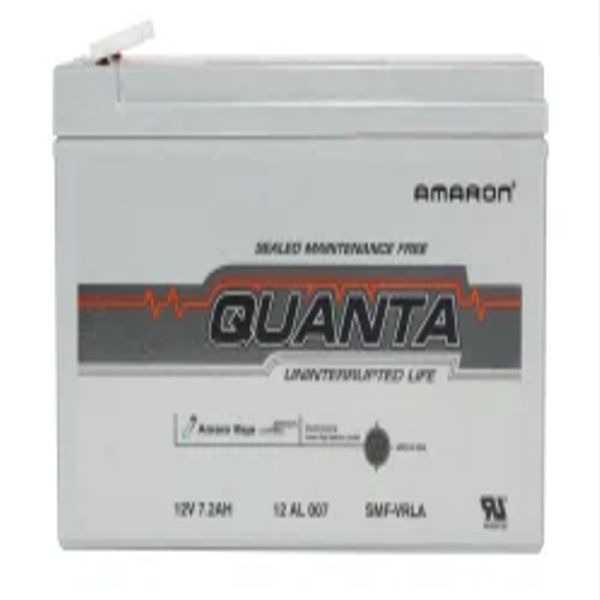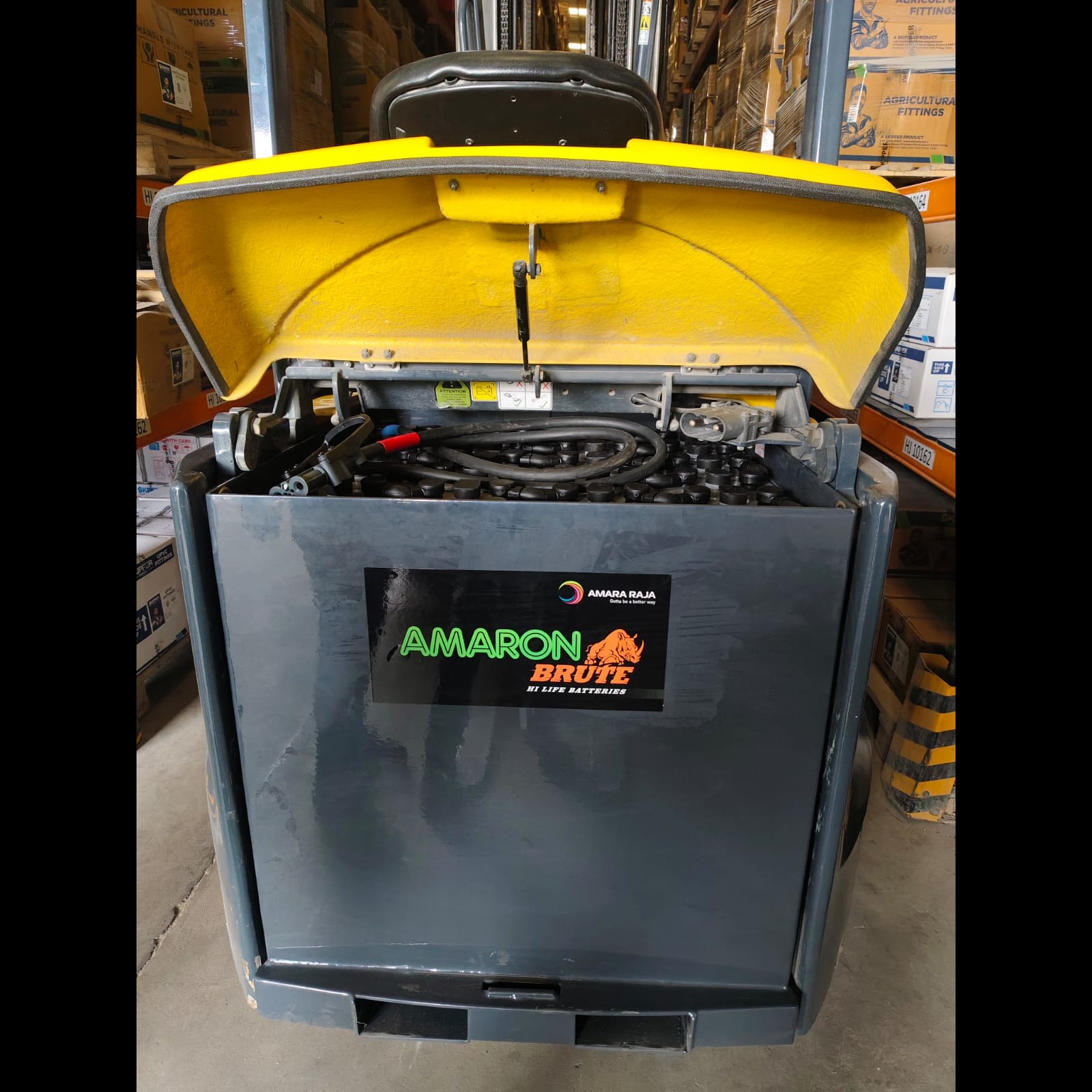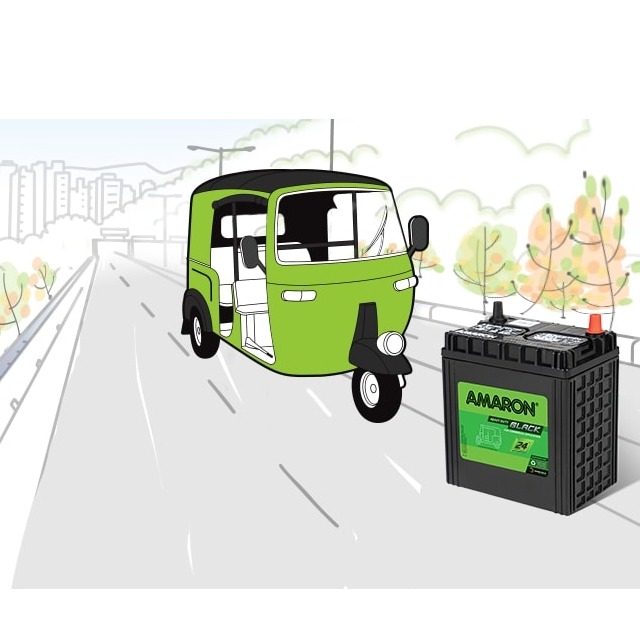
Amaron Three Wheeler Batteries
three-wheeler batteries, particularly for electric or hybrid models, it's essential to consider several key aspects, including types, specifications, applications, and maintenance. Here’s a detailed overview:
Types of Batteries
Lead-Acid Batteries:
Flooded Lead-Acid: Common in many older models; require regular maintenance.
AGM (Absorbent Glass Mat): Sealed, maintenance-free, and better suited for deep cycling.
Gel Batteries: Similar to AGM, with electrolyte in gel form; resistant to vibration.
Lithium-Ion Batteries:
Higher energy density, longer life, and lighter weight compared to lead-acid.
Require specific charging systems and management.
Nickel-Metal Hydride (NiMH):
Less common but used in some hybrid three-wheelers.
Specifications
Voltage: Common configurations include 12V, 24V, or 48V systems, depending on the vehicle's design.
Capacity: Measured in amp-hours (Ah). Typical capacities range from 40Ah to 200Ah for three-wheelers.
Dimensions: Vary widely based on battery type and configuration, usually fitting the vehicle's designated battery compartment.
Weight: Lead-acid batteries are heavier than lithium-ion; weight can range from 20 kg to over 60 kg.
Features
Cycle Life: Indicates how many complete discharge and recharge cycles the battery can endure. Lead-acid batteries typically last 500-1000 cycles, while lithium-ion can last 2000-5000 cycles.
Charging Time: Varies based on battery type; lead-acid typically takes 6-8 hours, while lithium-ion can recharge in 1-3 hours.
Temperature Range: Most batteries operate effectively between 0°C and 40°C, but lithium-ion can perform better in extreme temperatures.
Applications
Urban Transportation: Commonly used in electric auto-rickshaws, delivery vehicles, and public transportation.
Cargo Transport: Suitable for transporting goods in urban areas due to their maneuverability.
Recreational Use: Some three-wheelers are used for leisure activities, requiring efficient power sources.
Maintenance
Lead-Acid Batteries: Regularly check electrolyte levels, clean terminals, and ensure proper charging.
Lithium-Ion Batteries: Minimal maintenance; however, it’s important to avoid deep discharges and extreme temperatures.
Monitoring: Use of battery management systems (BMS) is crucial for lithium-ion to optimize performance and longevity.
Safety Considerations
Ventilation: Ensure adequate ventilation for lead-acid batteries to prevent gas buildup.
Charging Equipment: Use manufacturer-recommended chargers to avoid damage and ensure safety.
Warranty and Lifespan
Warranty: Typically ranges from 1 to 5 years, depending on the type and manufacturer.
Lifespan: Varies by battery type; lead-acid may last 3-5 years, while lithium-ion can last 8-10 years with proper care.
Keywords
60 kg
20 kg
gel form
1-3 hours
6-8 hours
8-10 years
proper care
gas buildup
urban areas
longer life
48V systems
battery type
1 to 5 years
deep cycling
Gel Batteries
Charging Time
hybrid models
lighter weight
Most batteries
deep discharges
Cargo Transport
500-1000 cycles
recharge cycles
proper charging
Recreational Use
2000-5000 cycles
Lifespan Warranty
Flooded Lead-Acid
delivery vehicles
Temperature Range
detailed overview
many older models
electrolyte levels
leisure activities
Typical capacities
Charging Equipment
Minimal maintenance
regular maintenance
Lead-Acid Batteries
battery compartment
Features Cycle Life
Absorbent Glass Mat
several key aspects
Urban Transportation
extreme temperatures
Nickel-Metal Hydride
adequate ventilation
Lithium-Ion Batteries
hybrid three-wheelers
public transportation
Common configurations
Higher energy density
Specifications Voltage
electric auto-rickshaws
three-wheeler batteries
Three Wheeler Batteries
efficient power sources
many complete discharge
specific charging systems
battery management systems
manufacturer-recommended chargers
Safety Considerations Ventilation
